Cochabamba. I’m one week in to a three-month artist residency at the volunteer organization Sustainable Bolivia. How I’d ever have found this place on my own I have no idea. Ever since spending a year in Barcelona and learning some Spanish, South America has been on my mind as the next destination. As it turns out, I’m not as much of a world traveler as perhaps I thought I would be. It’s been 8 years since Barcelona and aside from a brief trip to New Zealand, I haven’t ventured out of USA/Canada.
I’m in the “figuring things out” stretch of time here in Cochabamba. One week in and I have figured out how to walk the city without getting run over, where to buy fruits and vegetables, and how to safely cook and eat without getting sick. Everybody keeps telling me that I’m going to get sick at some point, but I refuse to believe it.
I can’t really believe that I’m here. It seemed such a leap. Bolivia? I’d believe it when I was there. It started to feel real when I got to Lima, Peru, and departing the airport, riding through the busy streets, I took in the bustle, the bright colors, the thick air, the sounds. A whole world of life existing here of which I had no idea.
Briefly I wondered what I was doing here. So clearly different: run-down, polluted, dangerous even. I’d launched myself into it as if on a lark: “Oh sure! I’m going to Bolivia”. Did I really take the time to consider what this entailed? Was I ready to live in a 3rd-world country? Since when am I a bold and adventuresome traveler?
I considered the effort I’d put in to get down here, considered the fact that I was already here, and I decided I’d better give it a go.
Compared to Lima, Cochabamba was a great relief. Flying in I could see the whole city at once, the pretty tiled roofs and rolling hills surrounding, the muddy lakes that flowed out either end in stringy brown tails.
I sat in the airport awaiting pickup and made an effort to overcome the remorse at my suitcase having been mangled on the last leg—from La Paz to Cochabamba. I’d gotten many compliments on the classic luggage, it was full of 35 lbs of art supplies, and while it was devastatingly heavy to carry through JFK airport, I was quite fond of it. It nearly made it unscathed, but being so very intriguing had been opened and inspected on each leg of the journey, and on this last one the monkeys had thrown it up or down on some belt and had broken one of the hinges and mangled one of the clasps. (Note: I use “monkeys” to describe airline baggage handlers the world over). I decided I would one day find another, and that I’d never take it on a flight. Checked bags should be shabby, inexpensive, nondescript, and filled with nothing of any value.
I was picked up by a young man who drives airport runs for Sustainable Bolivia. He gave me a hug and talked to me in spanish all the way back through town. He is from Cochabamba: a “Cochabambino”. I asked him about the dogs that roam the streets without owners and he said yes that the dogs here are “callejeros”—of the street. I told him I was happy to have a place to go to, that I didn’t feel suited to traveling for weeks on end. “Como los mochilleros”, he said—like the backpackers. He was recently married to a backpacker from Australia. They had romanced each other through Google Translate.
The “Casa Principal” de Sustainable Bolivia (SB) was beyond expectations. Spacious, cool and dark inside, surrounded by gardens, within a walled lot in a nice neighborhood above the university of San Simeon. I was offered water and shown my room and the studio and I proceeded to spend the first couple of days napping, taking short walks around the neighborhood, chatting with some of the other volunteers, napping. My first meal was safe but uninspiring—chicken and rice and french fries from a restaurant called “Chicken Bum Bum”. I slept and slept.
I spent a few days cleaning out the studio. Large and with three South-facing windows, a smudged tiled floor, plaster walls, remnants from many past resident artists and the resident handyman strewn about. I took my time and went fully Virgo on the space. I wore a dust mask and threw many things out, collected anything potentially useful, debated for many minutes over the location of the defunct refrigerator-turned-tool closet, dusted, swept, dusted, swept, took down everything from the walls—taped words of death and inspiration, a lace mask, yarn wrapped around a series of nails in the plaster wall, chunks of charcoal throughout. I found a pair of speakers and one of them worked. Soon I had music, was arranging furniture, the windows open and the time to paint fast approaching.
There is a lovely community of staff and volunteers. There’s a garden with herbs and a compost operation and weekly shared meals. In days past I would be eagerly participating in everything. Now, at my advanced age of 29, I’ve said “no” to most invitations, “yes” to a couple, and pursued solitude, happiest alone in my room on my bed with a book and a jug full of lemon water, amazed at the freedom of not giving a darn about missing out. This must be very recently arrived because it feels new and oh-so-good. How exhausting to make an effort to join in everything going on, to not miss out on a thing! But it’s wonderful to be around people, to have conversation, a game of ping pong, or a laugh available when you want it, to say “buenos días” and “buenas noches”. Everybody here seems truly interested in learning about Bolivia, improving their Spanish, and contributing to sustainability.
I’ve begun painting and am working on a small picture of the view from one of the studio windows. Even indoors, standing barefoot on a rug, snacks and water at hand, it feels hard and for a brief stretch yesterday, after having taken a nap, I wasn’t at all excited about the picture. But I worked it more and got a different sense of what it might turn out to be, and I let go of questioning what the heck I’m painting and just painted and although it’s small, and a little closed, it’s interesting and I’m excited to get back to it this afternoon.
This is Cochabamba’s rainy season, and it came yesterday and rained through most of the day. There’s a small leak in the corner of the studio falling into a bucket. I hope to continue to improve the studio, its lighting, its furnishings. I hope to get some people to sit for me and make some paintings of a figure in the space. I’ve yet to go out but surely I’ll gather the oomph to start an outdoor painting one of these days, commit to 4 or 5 long days out.
Better figure out the snack situation first. Yesterday I ate my last packet of Trader Joe’s trail mix. Now I’ve got to make my own from bulk items at the “25 de Mayo” market—large, hectic, crowded with stalls selling produce and meat and groceries. I’ll buy small amounts of nuts and chocolate and try my best to project a vibe of “knowing-how-much-things-cost”. That’s the best way to get a good price. I’ve had a few opportunities to haggle and have let them all slip through my fingers—along with a few Bolivianos, which, fortunately, at 7 to 1 US Dollar, are forgiving.
I’m hoping to get by on 50 Bolivianos a day here, 350 per week. Week One is in the books with 360 Bolivianos. But I did buy a bottle of olive oil for 48 Bolivianos that should last me a while. This week I plan to buy peanut butter and honey. I’ve bought one bottle of beer, and here’s where the savings really happen. Beer is as expensive as it is in the US: 8 Bolivianos for a 12 oz bottle, 18 for a large bottle. That’s only one or two dollars, you say, but this is exactly the type of reasoning that will send you soaring above your budget.
I’m probably too tight at this point, but it’s sort of a fun game I’m playing—trying to stay in a budget. I’ve had such ideas on past journeys. I think I was trying for $20/day in Europe in 2004. This crumbled in about 3 days. I gave up and stopped keeping track. Barcelona was a complete shitshow, although I did make efforts at eating cheap. I remember buying tiny packets of “frankfurter” sausages and little cartons of tomato sauce and the cheap noodles my Italian roommate Carlo would buy, and making big pots of pasta for all of 5 Euros. Then I’d get dressed up and go out to the clubs with everybody and buy 12 Euro cocktails. Or at the very least, bottles of beer for dinner. I sort of liked getting drunk then, I guess. My night will come here, no doubt. All the stops will come out, I’ll get awfully gregarious and instigate repeated games of beer pong and buy a round of shots at some bar and dance until 5am. But for now I’m very content being sober. I’m not even drinking coffee. Well, as I write this, I am actually drinking coffee, but that’s because I came down to a cafe intentionally to have a cup of coffee. It’s only my second in a week. The struggle is not so real. I guess there’s enough to keep me satisfied with looking around and listening to the birds and taking pictures of the cars and thinking about painting.
The fruit is fantastic: the best mangoes I’ve ever eaten, avocados the size of… mangoes, sweet bananas, massive and cheap papayas, fresh-squeezed orange juice for sale on every corner. Many women dress alike: white wide-brimmed straw hats, blue aprons, blouses, brightly-colored and patterned shawls tied to their backs full of babies or groceries or goods for sale.
The streets are crumbling. Dirt is swept from the tiled entryways every day, from the sidewalks to the street, into dustpans and into the garbage bins, but every day it returns, seeping down from cracks in the walls above, up from the cracks in the sidewalk below. A wheelchair would have a very hard time getting around. Tile and plaster, masonry, high walls with shards of glass stuck in, pigeons and razor wire, flowering plants and shrubs and small trees and colorful birds. The people are handsome and dark-skinned, smiling and polite, saying “buen dia” or “buenas”, referring to you with the respectful “Usted” always instead of the familiar “tú” or “vos”. So many of them eke out a living selling candy or popped corn or coca-cola. The red and white company “sponsors” all the little markets, giving them signage in return for their name plastered on every corner. The water is undrinkable, and the bottled water is by CocaCola. Somewhere, I’m not the first to point out, there is surely a troubling connection worth exploring.
I have the option to volunteer with any number of wonderful altruistic organizations here, but for now I’m focusing on painting. After all, this is what so many of you supported me to do. My fundraising was a great success—I sold nine paintings and besides received a handful of direct donations. The idea is to paint and it’s already the 14th and I want some good work out of this. Some dynamite paintings. It’ll be over before I know it.
I know already that I’ll be coming back to the States. I’m not going to stay down here indefinitely. It’s beautiful and I’m adjusting but in these first few days I’ve felt more love for the U S of A than I have in many many days. I’m from there and there I’ll always return and I’d like to be a part of making it better. My god we have so much. Such an amazing, beautiful, strong infrastructure. Such freedom and safety and opportunity. With an ounce of common sense it could become a paradise.
But maybe I’ll get to come back here. Maybe I’ll make some connections and find my way down in winter months and maybe this place too will get better. There’s change afoot, here and everywhere.
From my first week in Cochabamba, here’s a string of photos of with captions:
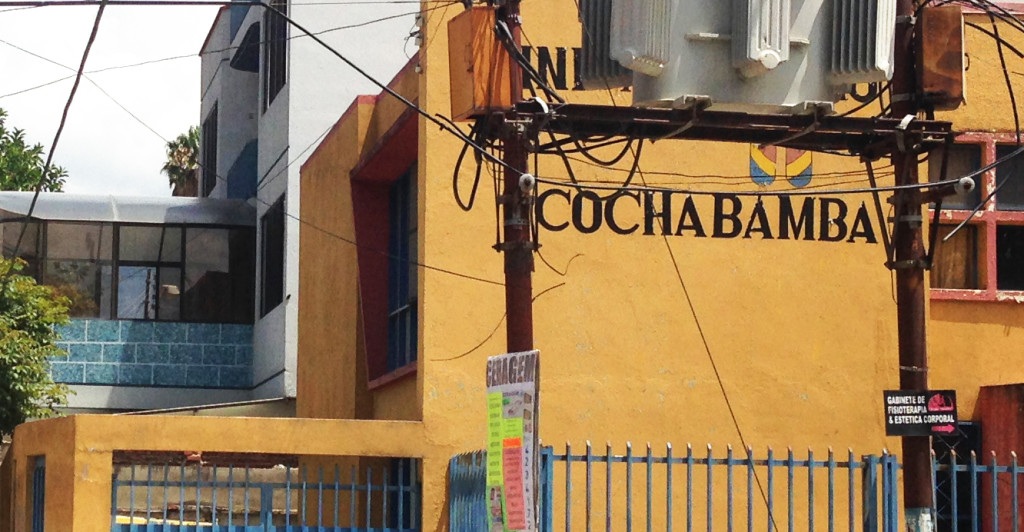
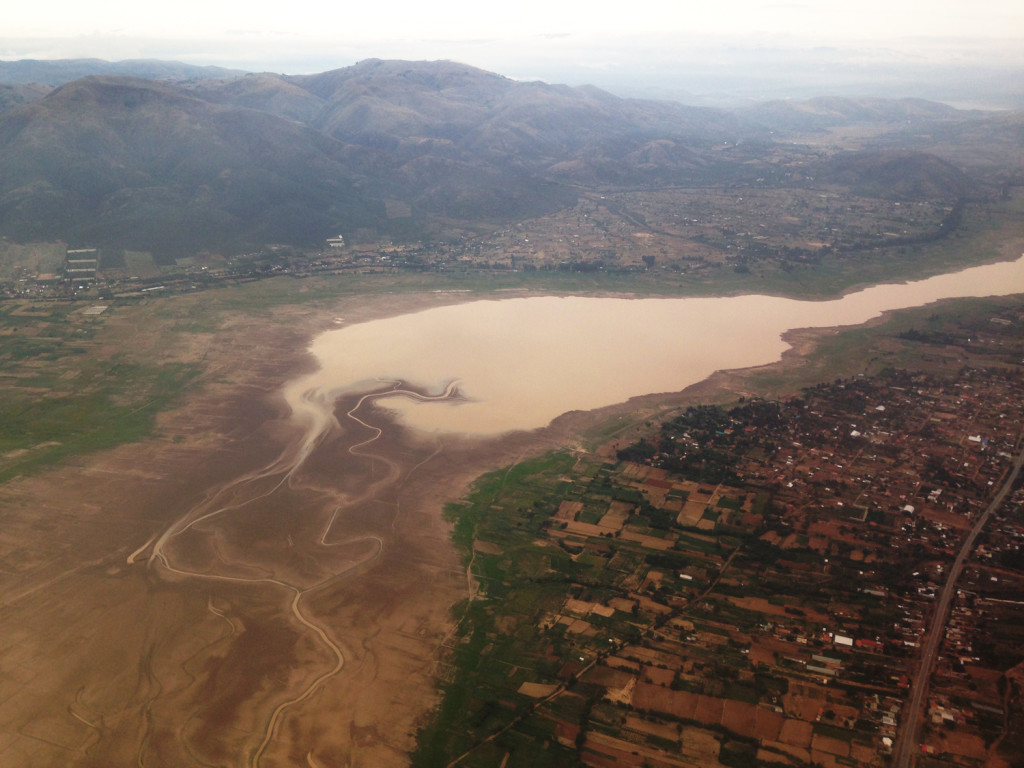
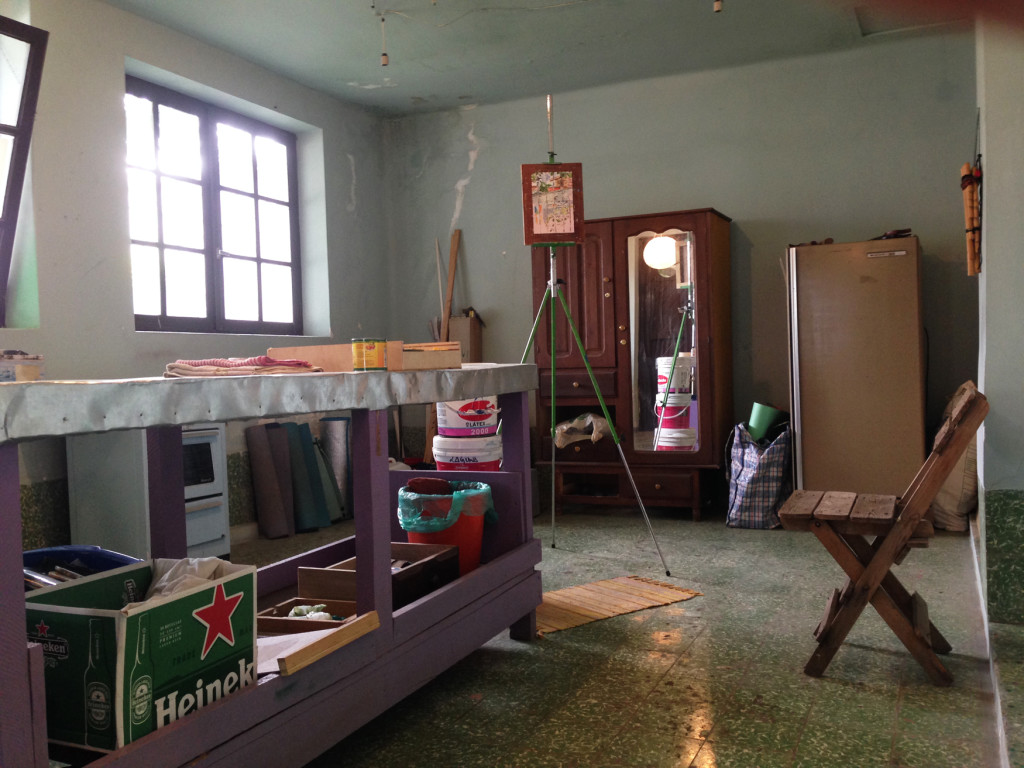
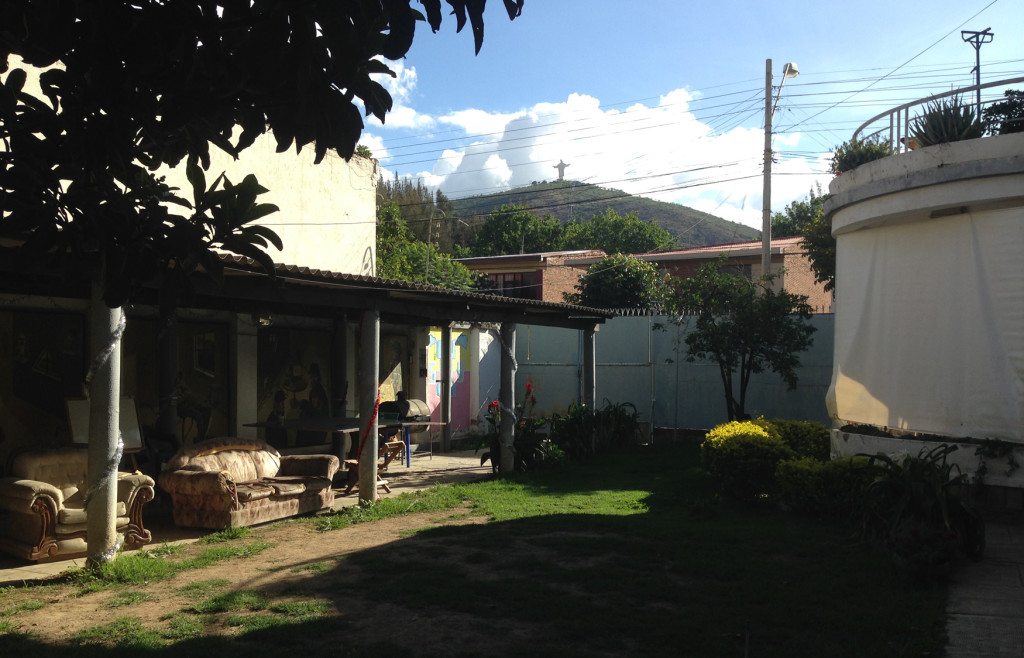
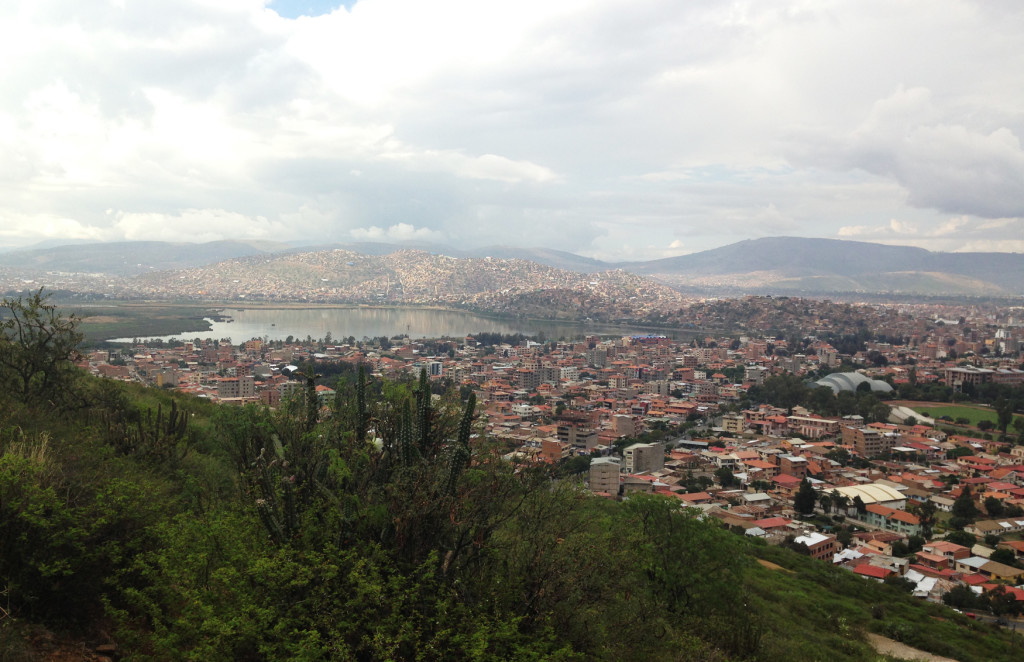
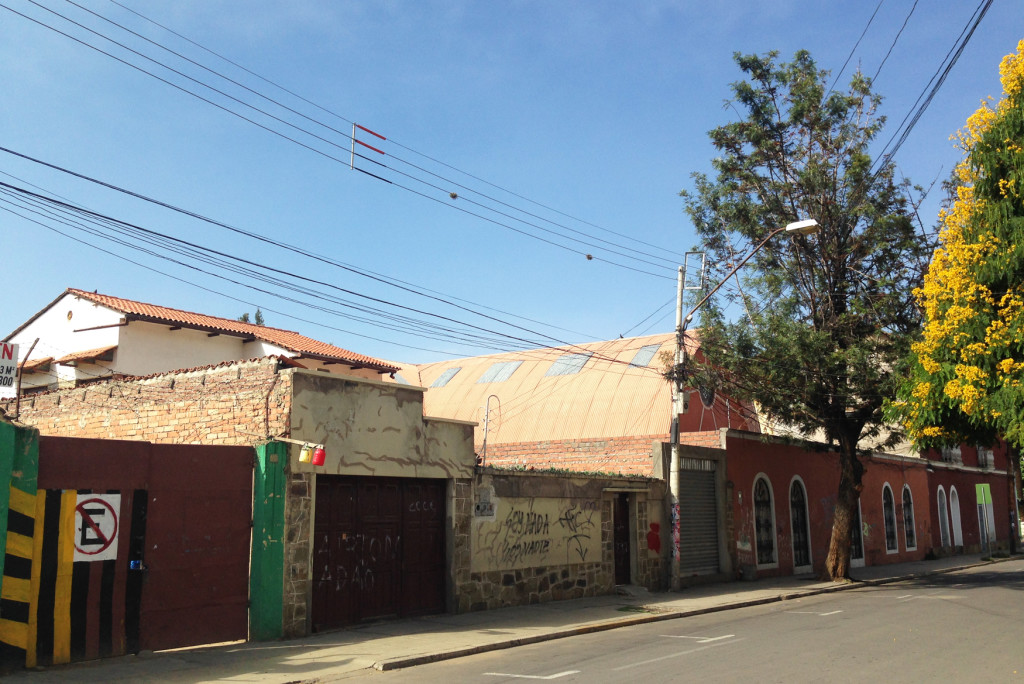
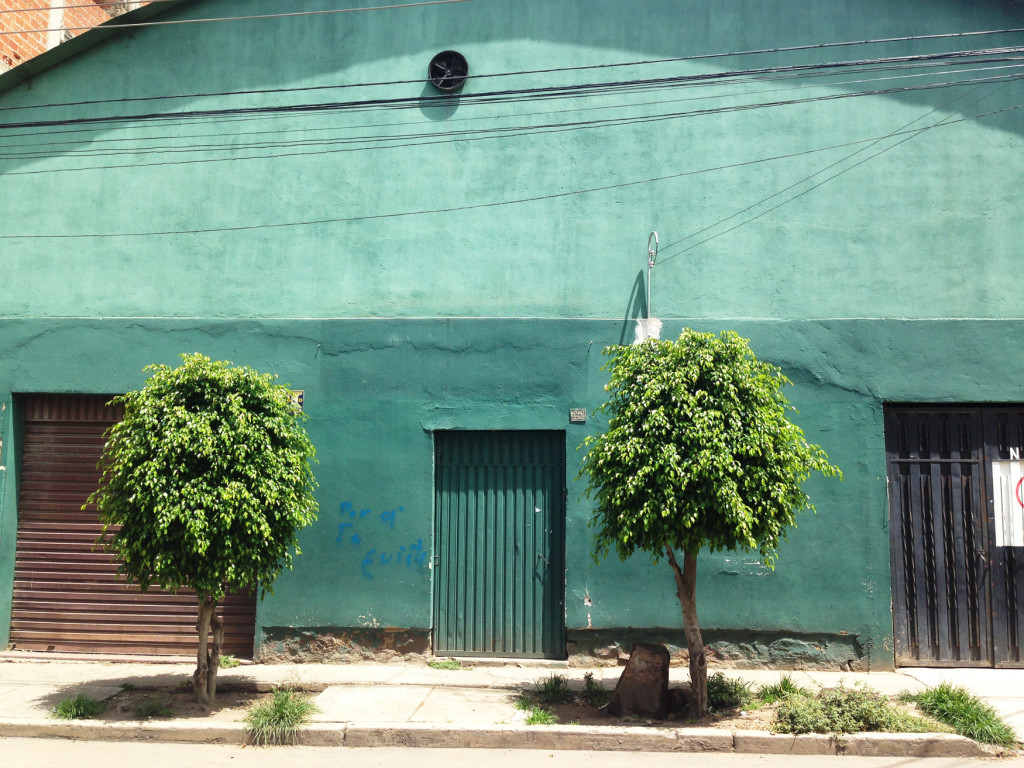
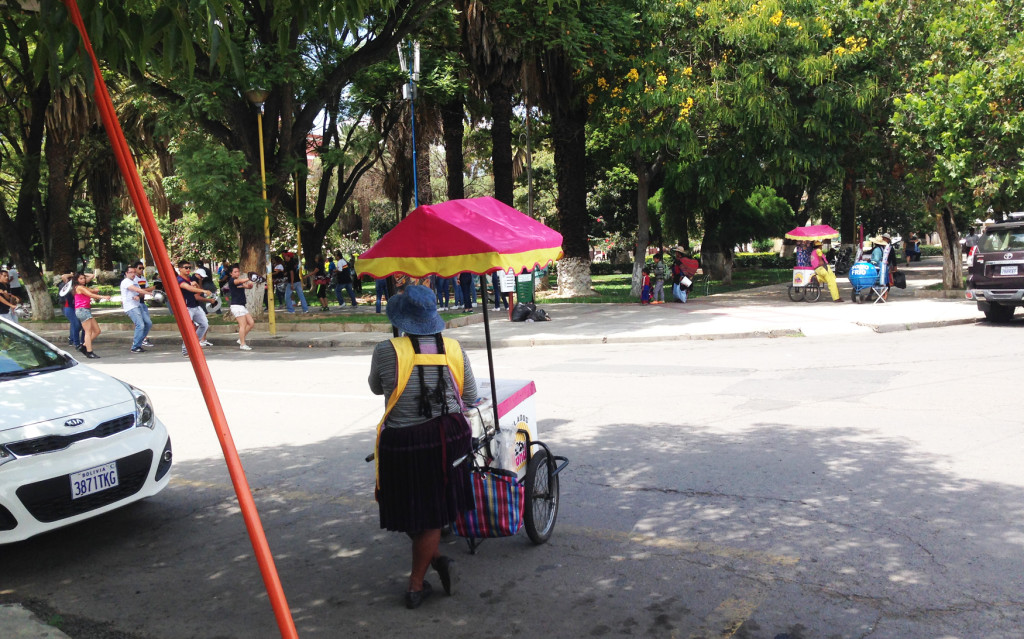
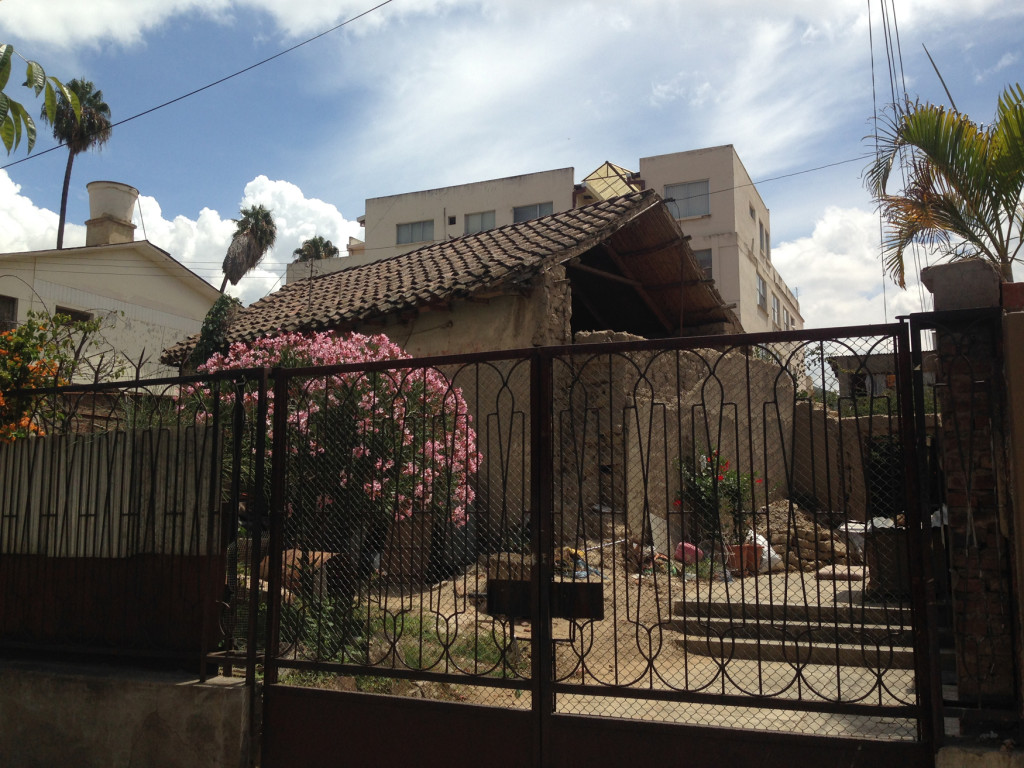
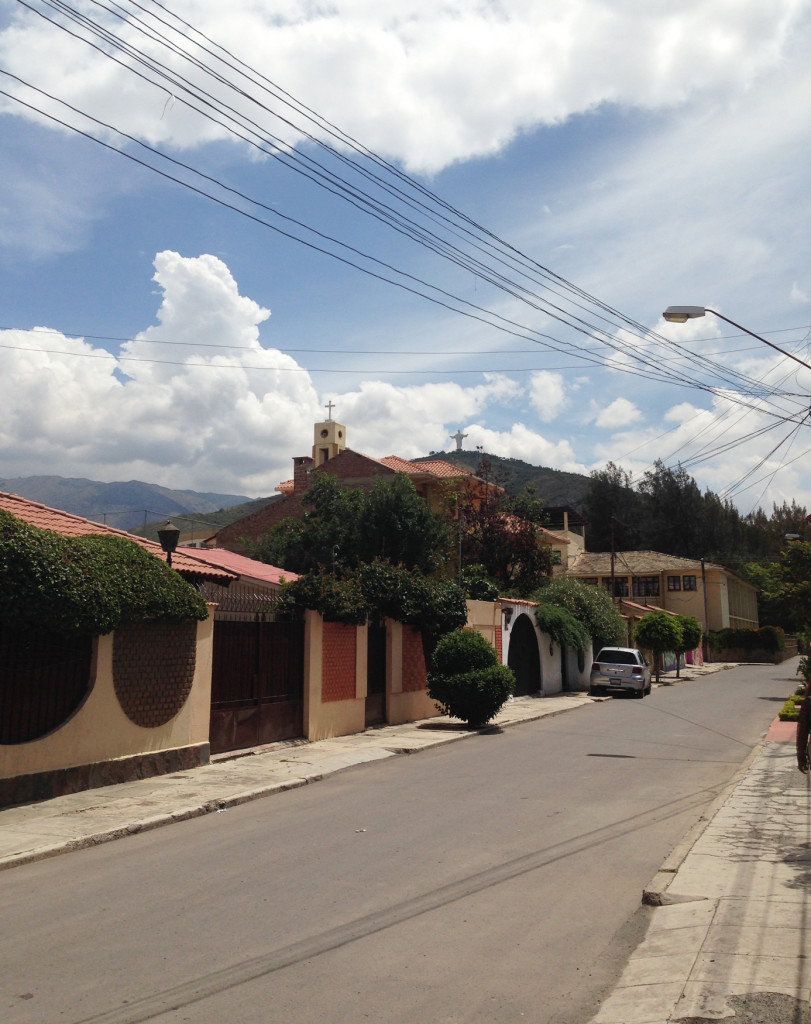
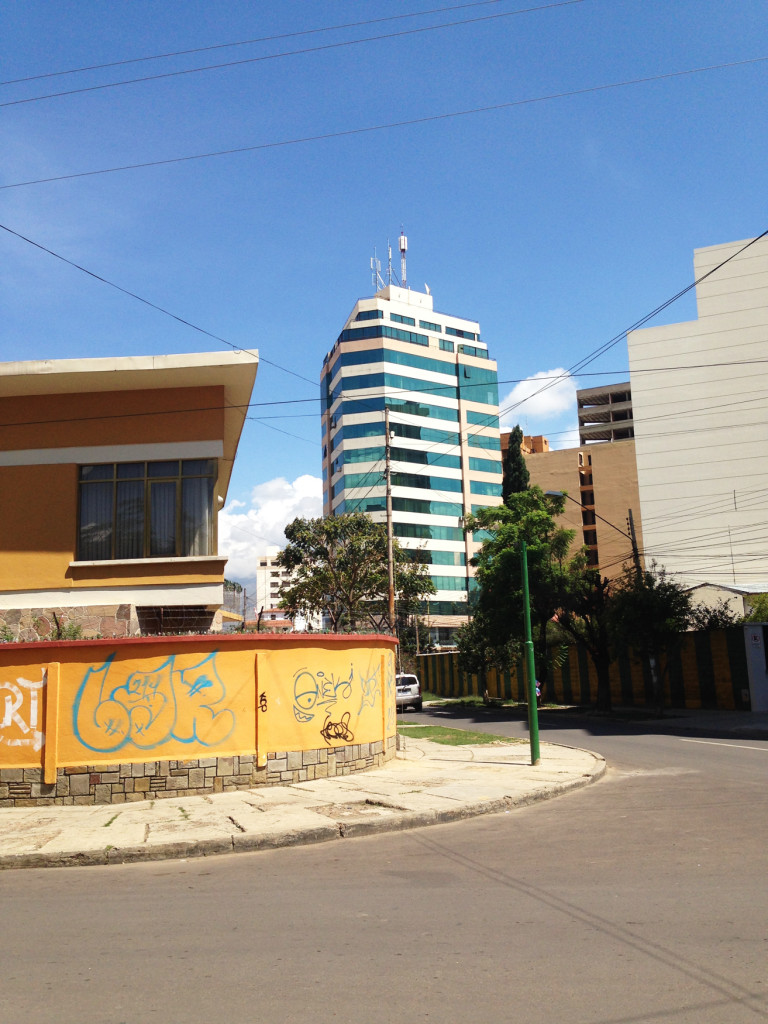
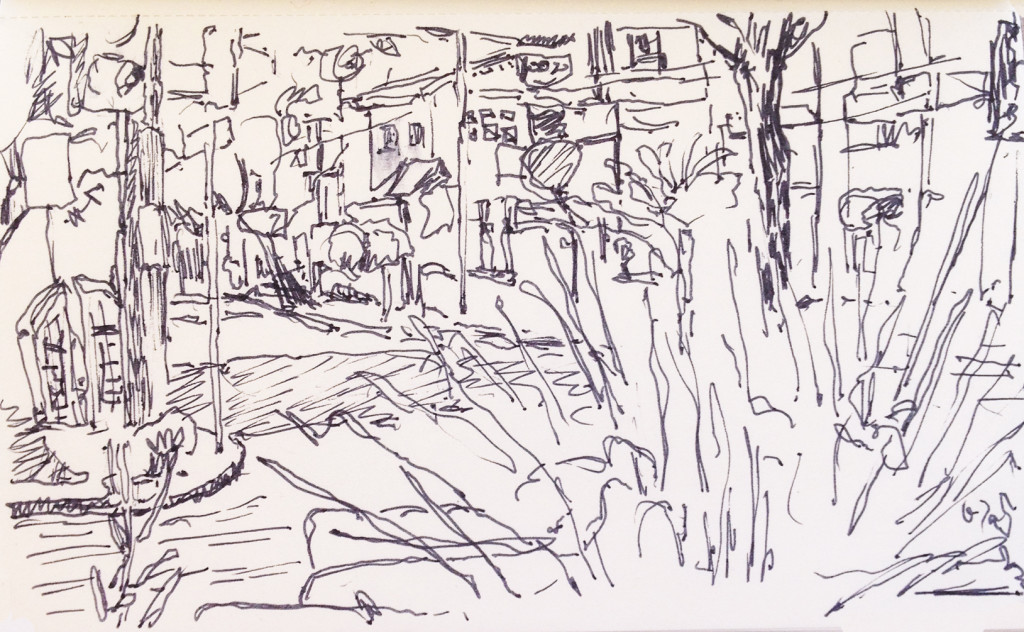
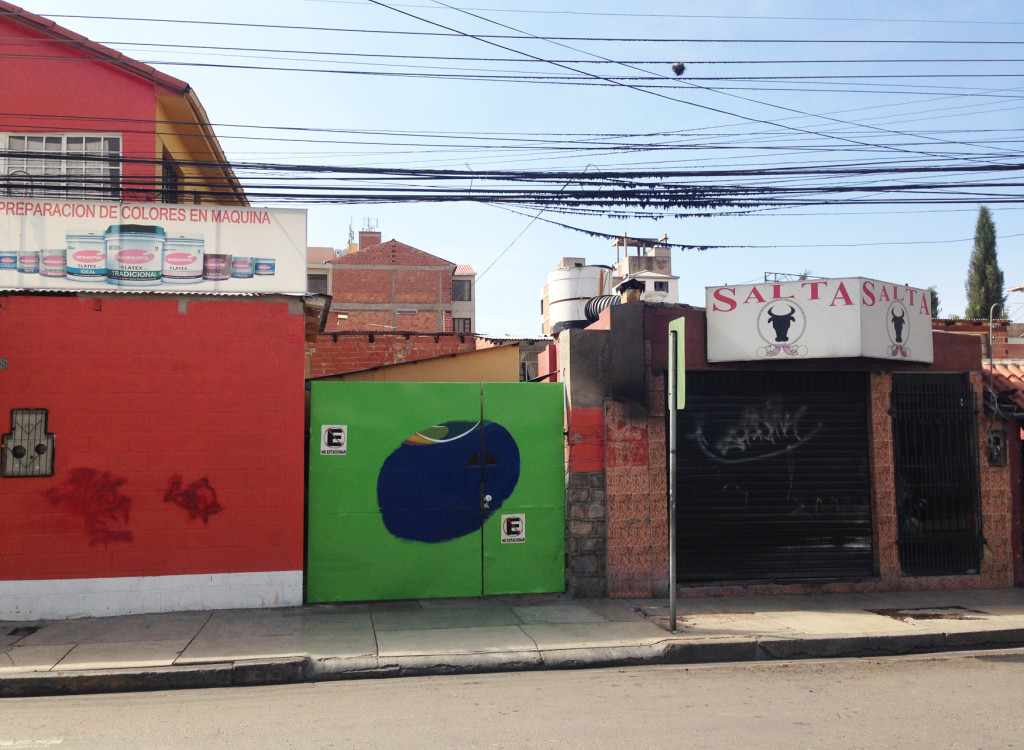
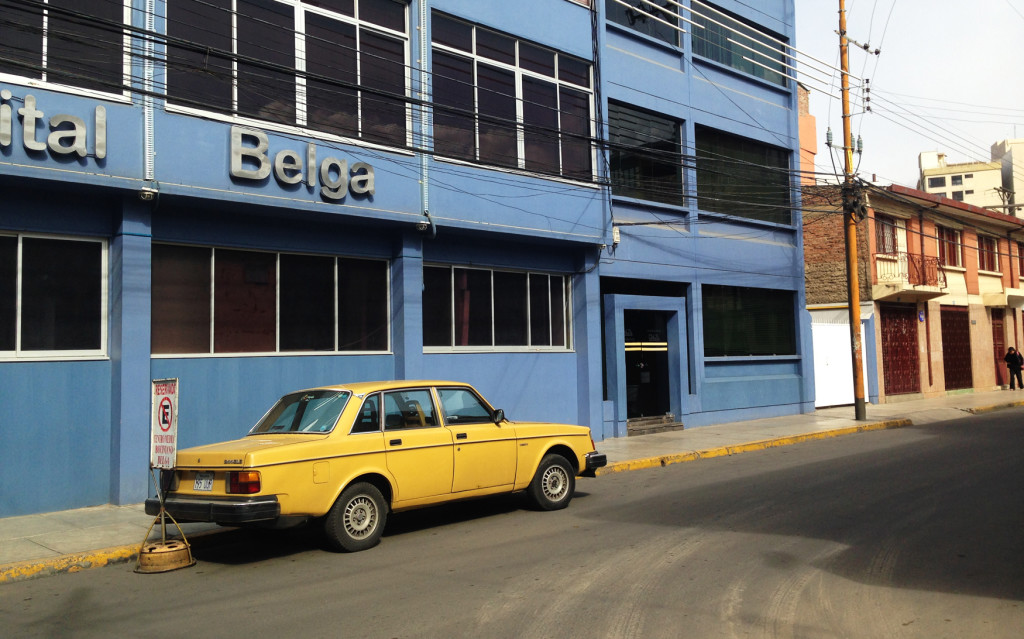
January 16, 2016 at 2:58 pm
I didn’t realize how much I was anticipating this first post. The photos are beautiful and telling. I have no doubt you’ll make it your home. Great, honest writing.
January 16, 2016 at 4:15 pm
Thanks Ailynne!
January 16, 2016 at 4:54 pm
How fun to see through your eyes! The pictures enrich the words and give a sense of your first days. You are so free to enjoy it all. Excited to see your paintings.